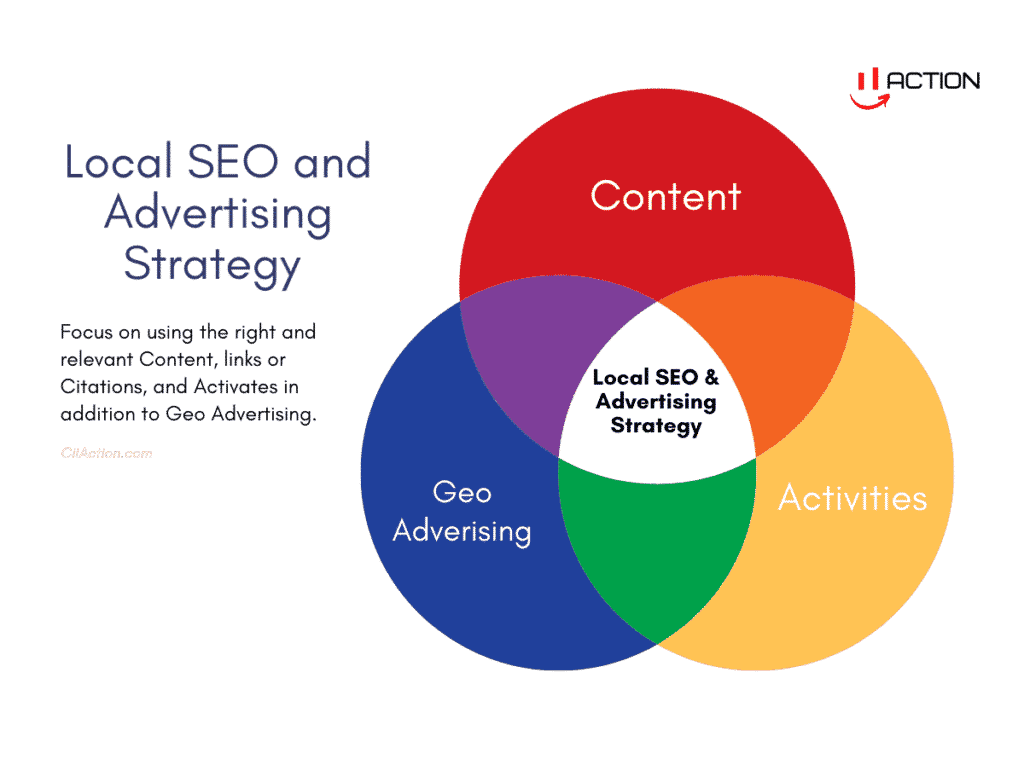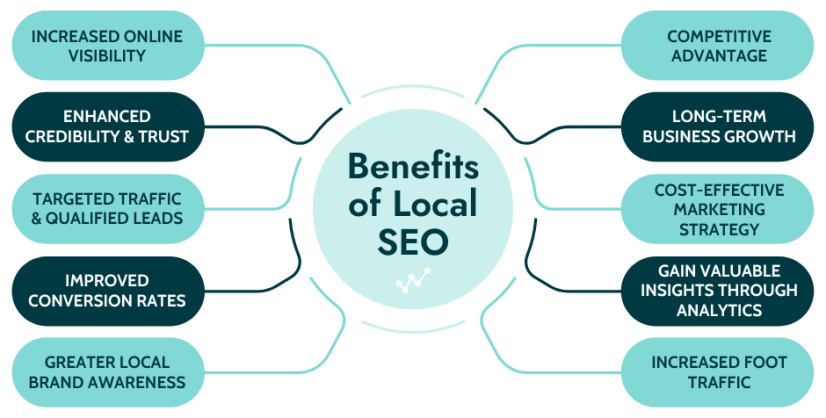Cost-effective and results-driven solutions from a marketing agency for small business
Exactly How Efficient Website Design Can Boost Your Search Engine Optimization Approach and Improve Customer Experience
The intersection of effective internet design and search engine optimization is an important area for any kind of company looking for to boost its on the internet presence. An instinctive layout not just raises user experience but also dramatically affects SEO performance by lowering bounce rates and improving involvement metrics.
Significance of Internet Style for SEO
Efficient website design is frequently ignored in its influence on search engine optimization (SEO) A well-structured website not just enhances customer experience but additionally plays a critical role in exactly how online search engine place pages. Search engines like Google favor web sites that exhibit clear navigation, quick packing times, and mobile responsiveness. These factors add to reduce bounce prices and greater customer engagement, which are crucial metrics for SEO success.
Furthermore, website design elements such as tidy code, enhanced images, and proper use HTML tags significantly affect a website's crawlability. Look engines depend on organized data to understand website web content and context, making it necessary for internet developers to execute best techniques. Additionally, the assimilation of SEO methods within the layout phase, such as including key words in titles, meta descriptions, and alt text for pictures, can boost presence in search results page.
Inevitably, focusing on effective website design not only ensures a smooth user experience yet also establishes a solid foundation for search engine optimization efforts, bring about boosted organic web traffic and boosted positions. Thus, businesses should acknowledge the inherent web link between website design and SEO to achieve on the internet success.
Trick Layout Components for Customer Experience
Individual experience (UX) acts as a keystone for successful web style, influencing just how site visitors interact with a site and regard its worth. To enhance UX, a number of key design components should be prioritized.
First of all, intuitive navigation is necessary; a well-structured food selection and clear paths enable customers to find information quickly, decreasing frustration. Visual power structure plays a critical role, leading users' interest to crucial aspects through placement, dimension, and color. This helps with quicker decision-making and boosts overall interaction.
In addition, a consistent design style boosts familiarity and trust, as users really feel a lot more comfy browsing a site that visually aligns throughout its web pages. Reliable use white area additionally can not be overlooked; it avoids clutter, enabling essential material to stand apart and making the site much more absorbable.
In addition, top quality pictures and graphics are important, as they not only record focus however additionally share expertise. Finally, fast load times are non-negotiable; delays can bring about higher bounce prices and decreased user contentment. By concentrating on these crucial design components, businesses can significantly boost their user experience, promoting favorable communications that motivate return brows through and conversions.
Mobile Responsiveness and Search Engine Optimization Impact
As website design significantly prioritizes individual experience, the significance of mobile responsiveness can not be overstated. With a substantial part of web traffic stemming from smart phones, a responsive layout guarantees that internet sites are functional and easily accessible across different screen sizes. This versatility not only enhances user complete satisfaction but likewise plays a critical duty in search engine optimization (SEO)

Integrating mobile responsiveness right into website design additionally cultivates better filling times, which is a key consider both user experience and SEO rankings. Slow-loading pages deter users, resulting in higher abandonment rates and negatively affecting search exposure. Ultimately, prioritizing mobile responsiveness not only enhances customer involvement yet additionally reinforces a web site's search engine optimization approach, developing an extra competitive online presence.
Site Structure and Navigation Finest Practices
A well-organized site structure and instinctive navigating are crucial parts of effective website design. They not just improve individual experience but additionally play a crucial duty in seo (SEARCH ENGINE OPTIMIZATION) A clear pecking order allows users and search engines to understand the relationships between various pages, improving the total functionality of the website.
To accomplish optimal website structure, implement a sensible hierarchy that classifies content right into primary topics and subtopics. Usage descriptive and keyword-rich Links, as they offer context and improve search exposure. Additionally, make certain that crucial pages are conveniently accessible within 3 clicks from the homepage. This reduces bounce prices and browse around here keeps individuals engaged.

Determining the Success of Website Design
Measuring the success of web design involves assessing different metrics that show individual involvement and total website efficiency. Secret efficiency indicators (KPIs) such as bounce price, typical session duration, and web pages per session supply understanding right into just how customers connect with the website. A high bounce price might show that customers are not locating the material appropriate or appealing, triggering a requirement for style or material revisions.
Additionally, conversion prices are essential for examining the efficiency of internet style. A boost in conversions, whether with type submissions, product acquisitions, or e-newsletter sign-ups, usually correlates with user-friendly style and user-centered performances. Tools like Google Analytics can provide detailed records on these metrics, allowing designers to recognize patterns and areas for renovation.
Customer comments is one more crucial part. Utilizing surveys and use testing can unveil qualitative understandings into customer experiences, directing design adjustments that foster satisfaction. Inevitably, a combination of measurable data and qualitative responses establishes a comprehensive image of website design success, making sure that it aligns with both search engine optimization goals and user expectations. By index consistently determining these factors, services can refine their internet design methods to optimize customer experience and drive significant involvement.
Verdict

As internet style progressively focuses on individual experience, the importance of mobile responsiveness can not be overemphasized.Integrating mobile responsiveness right into internet design additionally fosters better packing times, which is a key aspect in both user experience and Search engine optimization rankings. Inevitably, a combination of measurable data and qualitative feedback develops an extensive image of web style success, ensuring that it lines up with both SEO goals and user expectations. By consistently determining these variables, services can refine their internet design techniques to maximize individual experience and drive purposeful engagement.
In final thought, reliable web layout significantly improves Search engine optimization strategies and individual experience.